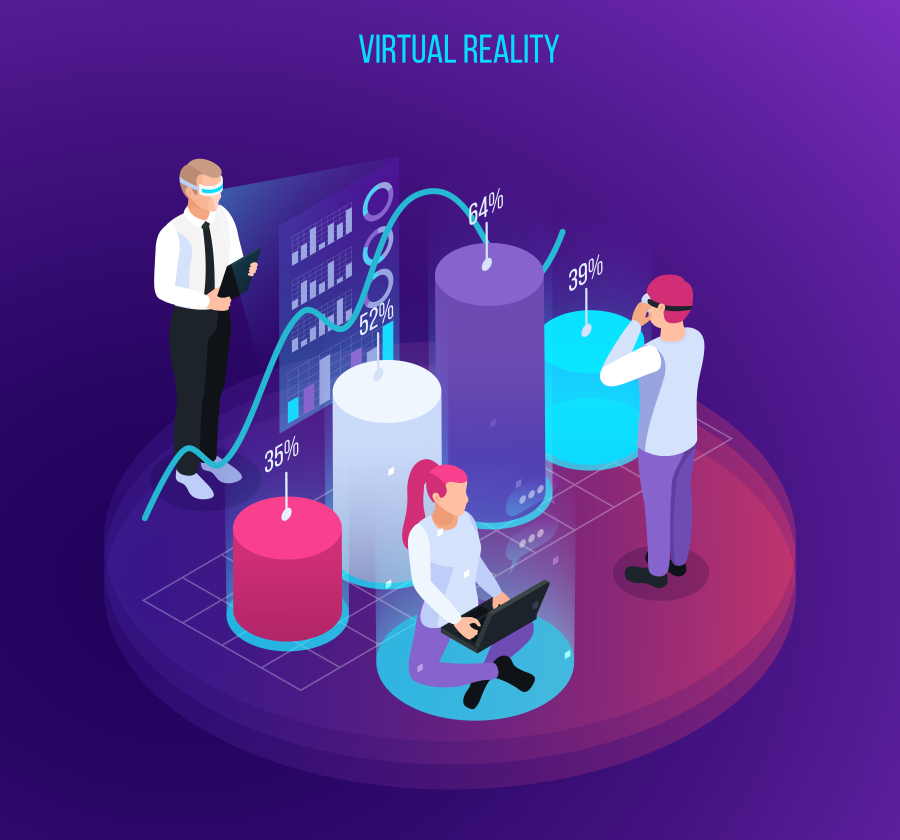Tips for Designing Effective Packaging for E-commerce
In the modern era of online shopping, packaging has become more than just a protective covering for products. For e-commerce businesses, packaging plays a crucial role in shaping customer perception, building brand identity, and driving repeat sales. An effective packaging design for e-commerce not only secures the product during shipping but also enhances the unboxing experience, creating a positive emotional connection between the brand and its customers. On freelancerbridge, we focus on guiding freelancers, entrepreneurs, and businesses on strategies that improve design, branding, and user engagement. In this article, we will discuss tips for designing effective packaging for e-commerce that balances aesthetics, sustainability, and functionality.
Long Description
1. Understand the Role of Packaging in E-Commerce
Unlike physical retail stores where customers can touch and feel the product, e-commerce heavily relies on visual appeal and packaging to deliver a strong impression. Packaging serves as the first physical interaction between the buyer and the brand. It reflects professionalism, ensures product safety, and builds credibility. Freelancers working on packaging design must understand that their goal is not just to create something visually pleasing but to communicate the brand’s identity effectively.
2. Prioritize Functionality and Protection
The primary purpose of packaging is to protect the product during transit. Since e-commerce involves extensive shipping and handling, packaging should be durable enough to prevent damage. Designers must select materials that offer cushioning, are tamper-proof, and match the weight of the product. For fragile products, multi-layer packaging and inserts may be necessary. Functional design ensures fewer returns, saving costs and improving customer satisfaction.
3. Create a Memorable Unboxing Experience
In recent years, unboxing has become a trend, with countless videos shared online. This trend highlights the importance of packaging design in creating memorable experiences. By incorporating personalized messages, branded colors, and thoughtful layouts, businesses can delight their customers. Freelancers designing packaging for e-commerce should consider how their work contributes to this growing unboxing culture. A good unboxing experience often translates into free marketing through customer-generated content.
4. Balance Aesthetics with Brand Identity
An effective packaging design should align with the brand’s identity. Whether it is minimalism for a modern look, vibrant designs for a youthful audience, or eco-friendly tones for sustainability, packaging should visually communicate the brand’s values. Consistency in colors, logos, and typography helps build recognition and strengthens trust. Freelancers must ensure that packaging aesthetics match the overall branding strategy of the e-commerce business.
5. Focus on Sustainable and Eco-Friendly Packaging
Sustainability has become a major concern among consumers. More customers are now making purchasing decisions based on how eco-conscious a brand is. E-commerce companies can gain a competitive edge by using recyclable, biodegradable, or reusable packaging. Freelancers can suggest eco-friendly alternatives such as kraft paper, soy-based inks, or compostable mailers. Highlighting sustainability not only appeals to environmentally conscious consumers but also enhances a brand’s reputation.
6. Optimize Packaging for Cost-Effectiveness
For small and medium-sized businesses, packaging costs can become a burden if not optimized. The design should aim to use minimal materials without compromising quality. Right-sizing the packaging reduces shipping costs and avoids unnecessary waste. Freelancers must strike the right balance between affordability and creativity to design packaging that is budget-friendly yet visually appealing.
7. Incorporate Practical Information and Branding
Effective packaging is not just about visuals; it should also provide essential information such as product details, instructions, safety guidelines, and contact information. Clear labeling enhances the customer’s confidence in the brand. At the same time, freelancers should emphasize brand elements like logos, taglines, and unique identifiers that set the product apart from competitors.
8. Test Packaging Designs Before Launch
Before rolling out packaging on a large scale, businesses must test prototypes to ensure functionality, durability, and customer appeal. Freelancers can collaborate with clients to run small trials and gather feedback. Testing reduces the risk of design flaws and ensures the packaging meets both aesthetic and practical requirements.
9. Personalization as a Differentiator
Adding a personal touch to packaging—such as handwritten notes, customized labels, or customer names—enhances loyalty. Personalization makes customers feel valued and increases the likelihood of repeat purchases. Freelancers should explore creative personalization ideas while designing packaging for e-commerce.
10. Stay Updated with E-Commerce Packaging Trends
Packaging trends evolve with consumer behavior and technology. Smart packaging, QR codes, augmented reality elements, and interactive labels are becoming popular in e-commerce. Freelancers must stay informed about these innovations to provide clients with cutting-edge solutions. Adapting to modern trends ensures that packaging remains relevant and competitive in the digital marketplace.
Conclusion
Designing effective packaging for e-commerce is about blending creativity with practicality. A freelancer’s ability to create packaging that is functional, sustainable, visually appealing, and memorable can significantly impact a brand’s success. On freelancerbridge, we believe that packaging is not just a box—it is an opportunity to communicate a story, deliver value, and enhance customer experience. By focusing on protection, aesthetics, sustainability, and personalization, freelancers can create packaging designs that resonate with customers and give e-commerce businesses a competitive edge.


 by Emily
by Emily




